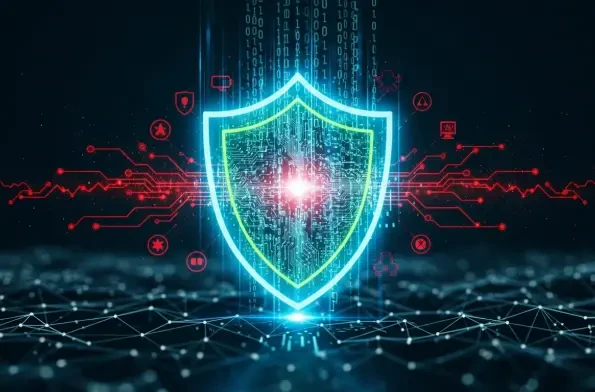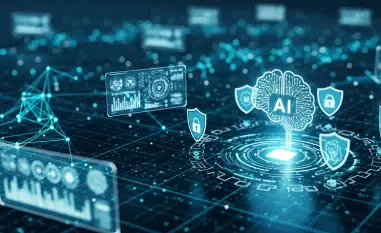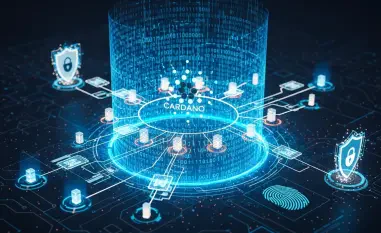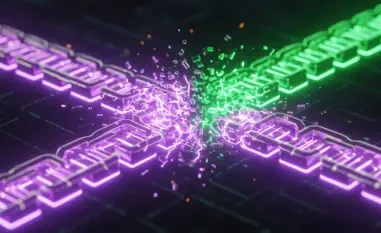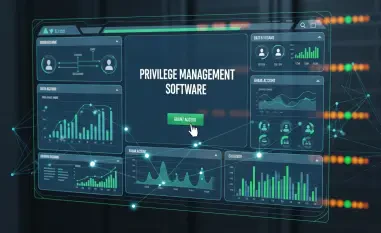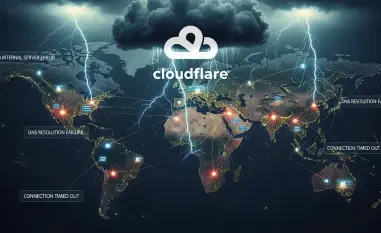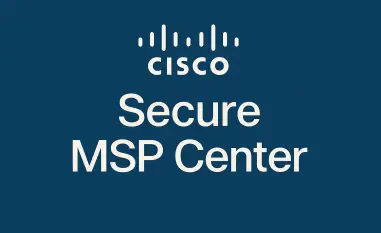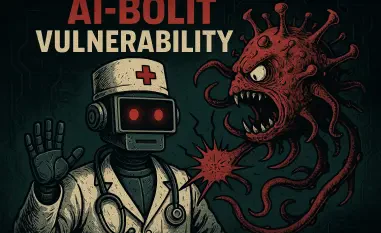Short introduction Meet Malik Haidar, a seasoned cybersecurity expert with a wealth of experience in defending multinational corporations against sophisticated cyber threats. With a sharp focus on analytics, intelligence, and integrating business perspectives into security strategies, Malik has been at the forefront of combating ransomware and other evolving dangers. In this interview, we dive into the alarming rise of ransomware gangs exploiting legitimate remote access tools, explore the intricate stages of modern attacks, and uncover actionable insights for organizations looking to bolster their defenses against these stealthy and devastating threats.
How has ransomware become such a critical threat to organizations, and what sets it apart from other cyber risks?
Ransomware has evolved into a top-tier threat because it doesn’t just compromise data—it holds entire organizations hostage by encrypting critical files and demanding payment for recovery. Beyond the immediate disruption, the impact ripples through operational downtime, reputational damage, and costly recovery efforts. Unlike other threats, modern ransomware often involves double extortion, where attackers steal data before encrypting it, threatening to leak sensitive information if the ransom isn’t paid. This multi-layered attack strategy makes it uniquely devastating, as businesses face not just financial loss but also regulatory and legal consequences.
Can you walk us through how ransomware tactics have changed over the years in terms of sophistication?
Early ransomware was more opportunistic, often spread through mass phishing emails or basic malware that locked a single user’s device. Today, it’s a highly targeted operation. Attackers spend weeks or even months inside a network, mapping out systems, harvesting credentials, and moving laterally before striking. They’ve adopted advanced techniques, like using legitimate administrative tools to blend in with normal activity, making detection incredibly difficult. This shift from scattershot to surgical strikes means higher success rates for attackers and bigger headaches for defenders.
What are Remote Access Tools, and why have they become a go-to for ransomware gangs?
Remote Access Tools, or RATs, are legitimate software designed for IT support and remote administration, allowing users to control systems from a distance. Think of tools like AnyDesk or Splashtop—they’re built for convenience. Ransomware gangs love them because they’re often trusted by organizations, frequently whitelisted by security software, and offer features like unattended access or file transfers. This means attackers can use them to gain a foothold, maintain control, and deploy malicious payloads while looking like just another admin doing their job. It’s a perfect cover for stealthy operations.
How do attackers exploit these tools at different stages of a ransomware attack?
Attackers leverage Remote Access Tools across the entire ransomware kill chain. Initially, they might use stolen credentials to access a network through an existing tool, appearing as a legitimate user. Once inside, they use the tool for persistence, ensuring they can come and go without triggering alarms. Later, they exploit features like file transfer to drop the ransomware payload or interactive desktop control to disable defenses. Because these tools often use encrypted communications, their malicious activity can slip past traditional network monitoring, making each stage of the attack harder to catch.
What are some common ways attackers first gain entry into a network before using these tools?
Most often, attackers start with credential compromise. They’ll use brute-force attacks on exposed endpoints like Remote Desktop Protocol or reuse leaked credentials from past breaches. Targeting admin accounts is a favorite because it gives them broad access right away. They might also exploit unpatched vulnerabilities or trick employees through phishing. The goal is to look like a trusted user, so when they log in at odd hours or from unusual locations, it’s a subtle but critical red flag that something’s wrong.
How do cybercriminals manage to hijack or install these tools without being detected?
Attackers are crafty about staying under the radar. If a Remote Access Tool is already on a system, they’ll hijack it by adding their own credentials or tweaking configurations through scripts, avoiding the creation of new files that might trigger alerts. Alternatively, they perform silent installations using signed installers with minimal footprints, often leveraging command-line flags to keep the process hidden. These methods are tough to spot because they mimic legitimate IT activity, and many security teams aren’t monitoring for subtle changes in tool behavior.
What techniques do attackers use to disable security measures once they’ve gained access through these tools?
Once inside, attackers use Remote Access Tools to interactively neutralize defenses. They’ll stop antivirus services using simple commands, manipulate group policies to exclude their malicious directories from scans, or disable recovery mechanisms like shadow copies. They also clear critical event logs and shred files to erase forensic evidence. By running these actions through a trusted tool, they blend in with normal admin tasks, making it incredibly hard for security teams to distinguish between legitimate and malicious activity until it’s too late.
What can organizations do to protect themselves from the misuse of Remote Access Tools in ransomware attacks?
Protection starts with strict governance over which tools are allowed and who can use them. Implement application control to block unauthorized software, and enforce least-privilege access so even if credentials are stolen, damage is limited. Real-time monitoring for abnormal behavior—like logins from odd locations or mass file changes—is crucial. Layered security solutions with behavioral detection and ransomware-specific protections can catch suspicious activity early. Finally, regular audits of Remote Access Tool configurations and strong incident response plans ensure you’re not caught off guard.
What is your forecast for the future of ransomware threats, especially regarding the exploitation of legitimate tools?
I expect ransomware to become even more insidious as attackers lean harder into automation and cloud-based exploitation. We’re already seeing trends like AI-driven deployment of Remote Access Tools, where decisions about payloads or targets are made dynamically. Cloud portals for remote access are the next frontier—attackers will target misconfigured cloud environments to scale their operations. Ransomware-as-a-service will also integrate these tools more deeply, making attacks accessible to less skilled criminals. Organizations will need to adapt quickly, focusing on zero-trust architectures and advanced threat intelligence to stay ahead of these evolving dangers.
